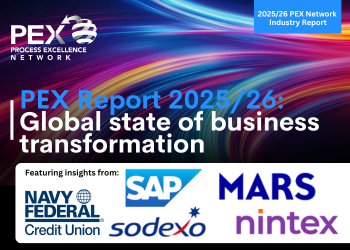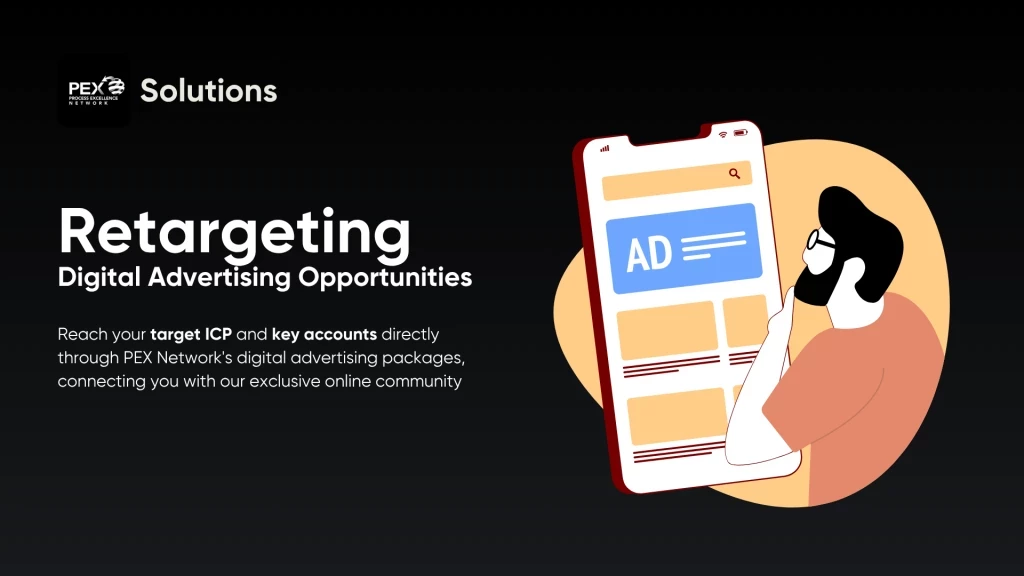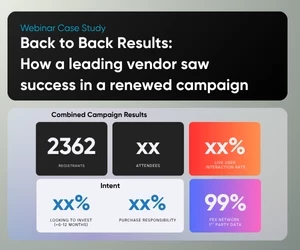Beyond automation: How data governance is redefining process excellence
Why data governance matters now more than ever
Add bookmark
Process excellence is no longer about efficiency, it is about trust, and that trust begins with governed data. In every enterprise transformation I’ve led, one truth has become clear; automation succeeds only when the data behind it is trustworthy.
For years, organizations have pursued efficiency through automation, but few paused to ask whether their data could sustain that efficiency.
Automation accelerates outcomes, but it also accelerates errors if the data foundation is weak. A 2025 McKinsey survey found that nearly 70 percent of digital transformation failures stemmed from poor data quality, missing ownership, or lack of lineage. These aren’t technology problems, they’re governance problems.
In healthcare, duplicate patient IDs disrupt care delivery. In insurance, inconsistent risk data skews underwriting models. In manufacturing, poor quality records distort production analytics.
Data governance has become the missing discipline in the process excellence equation. It ensures that every automated workflow operates on a foundation of reliable, auditable, and compliant information.
Join the PEX Network community

Don't miss any news, updates or insider tips from PEX Network by getting them delivered to your inbox. Sign up to our newsletter and join our community of experts.
Learn MoreFrom process automation to data-driven excellence
The first generation of digital transformation focused on automating repetitive tasks, but automation, while powerful, is only half of the solution. True process excellence is not about speed; it’s about confidence in the ability to make decisions and execute processes knowing the underlying data is correct, complete, and compliant.
Data governance elevates this confidence. It establishes standards for how data is captured, validated, and used across the enterprise. It gives process owners and business leaders the visibility to trace where each decision originated, how it was made, and whether it can be trusted.
When governance becomes part of the operating model, efficiency follows naturally. Organizations spend less time fixing data issues, reconciling reports, or responding to audits. They can focus instead on improving outcomes, not patching processes.
Lessons from healthcare, insurance, and manufacturing
Healthcare
A US healthcare provider network serving millions of patients faced chronic delays in scheduling and billing due to mismatched patient information across CRM and EMR systems. After integrating a data governance layer with master data management and stewardship accountability, duplicate patient records dropped by 40 percent and appointment accuracy improved by 25 percent. The initiative reduced compliance risk while improving patient experience.
Insurance
A global insurer automated its underwriting process but quickly realized that inconsistent policy and risk data led to unpredictable results. By introducing governed data taxonomies and validation rules, the firm reduced rework by 30 percent and audit exceptions by 50 percent. Governance didn’t slow automation, it made it smarter, reliable, and transparent.
Manufacturing
A Fortune 500 materials manufacturer unified shopfloor, ERP, and quality systems under a governed data framework. Data lineage was mapped from sensors to production reports, enabling predictive maintenance and ISO-compliant traceability. Within six months, downtime was reduced by 18 percent and production waste declined by 20 percent.
Across industries, the message is consistent: when data is governed, automation delivers sustainable excellence instead of short-term speed.
Building a governance-driven process framework
Successful enterprises don’t treat governance as a compliance task, they embed it into the fabric of operations. A practical framework combines governance principles with process discipline in four layers.
1. Data foundations
Identify the critical data elements that drive performance patient IDs, claim codes, supplier part numbers, and assign ownership for quality and updates.
2. Process integration
Data must move through processes with purpose. Mapping data lineage to workflows reveals where duplication or quality gaps occur and helps teams fix root causes, not just symptoms.
3. Operational controls
Dashboards that connect process KPIs like cycle time or throughput with data quality KPIs like completeness and timeliness provide a single view of operational health.
4. Continuous governance
Governance is not a project, it’s an evolving system. Quarterly stewardship reviews, scorecards, and governance councils ensure accountability and adaptation as business needs change. When these layers work together, data governance becomes invisible yet indispensable – the quiet engine behind operational excellence (OPEX).
Governance as a leadership Imperative
Many organizations approach governance reactively, often after an audit finding or compliance lapse. Mature organizations take a proactive stance. They recognize that governance is not about control but about trust.
Executives who succeed in embedding governance into their strategy do three things consistently. They align governance KPIs with business metrics, ensuring that data quality directly supports customer satisfaction, financial accuracy, and process efficiency. They empower data stewards as change agents, not gatekeepers. They invest in culture teaching teams that governance isn’t bureaucracy but business hygiene.
Governance should be discussed in the same context as financial performance or risk management. It’s an enterprise asset that protects credibility, accelerates innovation, and strengthens decision-making.
Register for All Access: AI, Data & Analytics 2025!
Governance and AI: The new feedback loop
Artificial intelligence (AI) has amplified the importance of governance. As predictive and generative models become central to operations, the cost of bad data has multiplied. Unverified inputs can lead to biased outputs, flawed recommendations, and compliance exposure.
A governed AI environment ensures that models are trained on representative, validated data and monitored throughout their lifecycle. Governance defines how training sets are curated, how model drift is detected, and how outputs are verified.
Leading enterprises are now forming collaborative structures between governance teams and AI centers of excellence to align data stewardship with model oversight, ensuring that automation and AI development operate under shared accountability.
This creates a continuous feedback loop: data informs models, models generate outcomes, and those outcomes improve data. Without governance, AI introduces risk; with governance, it drives continuous improvement and accountability.
Measuring the value of governance
Governance often struggles for visibility because its impact is indirect, but measurable gains appear when organizations track outcomes beyond compliance. Reduced process exceptions, faster audit clearance, and fewer data reconciliation cycles all translate into tangible value.
For one insurer, data governance reduced claims handling costs by 15 percent simply by eliminating rework caused by inconsistent customer data. For a healthcare network, improved data lineage cut regulatory reporting time by half. These outcomes demonstrate that governance is not a cost center, it’s a performance multiplier.
Culture: Embedding governance into everyday work
Technology and policy can only go so far. Governance is effective when it becomes cultural and when teams instinctively value accuracy and transparency. This shift happens when leaders reward data integrity, communicate the business impact of trusted data, and make quality visible through shared dashboards.
At its core, governance is about stewardship. It’s about recognizing that every piece of data represents a decision, a patient, a customer, or a product. Treating that data with care is not just operational, it’s ethical.
Register for All Access: OPEX Operational Excellence 2025!
The road ahead: From automation to intelligence
Process excellence has evolved from efficiency to automation, and now to intelligence. The next competitive differentiator will not be how quickly companies automate, but how confidently they can explain and trust what their automation produces.
Regulators, customers, and investors will increasingly demand transparency in data-driven decisions. Enterprises that can demonstrate governance maturity will enjoy faster innovation cycles and stronger reputational trust.
Some leading organizations are already creating ‘digital quality offices’ that unify process improvement, data governance, and responsible AI under a single charter. These offices ensure that innovation is scalable, compliant, and measurable.
Governance is the foundation of sustainable transformation
Automation made enterprises faster, but governance makes them stronger. It ensures that every digital process, from underwriting to manufacturing, operates with accuracy, traceability, and accountability.
In every major transformation I’ve seen, the organizations that sustained success weren’t those that automated first, but those that governed best. Data governance is no longer a support function; it’s the backbone of OPEX in the age of AI. The future belongs to those who build trust into their processes and governance is how that trust begins.
PEX Report 2025/26: Global state of business transformation

The PEX Report 2025/26 examines the results of our annual survey of more than 200 professionals with insights from more than a dozen industry business and thought leaders from across the globe. Contributors include leaders from Mars, Navy Federal Credit Union, Pacific International Lines, Sodexo, SAP and Nintex!
Explore why true business transformation is not a singular project but an ongoing journey, one that requires visionary leadership, cross-functional collaboration, technological prowess and an unrelenting commitment to agility and innovation. Those that embrace this evolution holistically are not just surviving the future, they are shaping it!
Download Now












